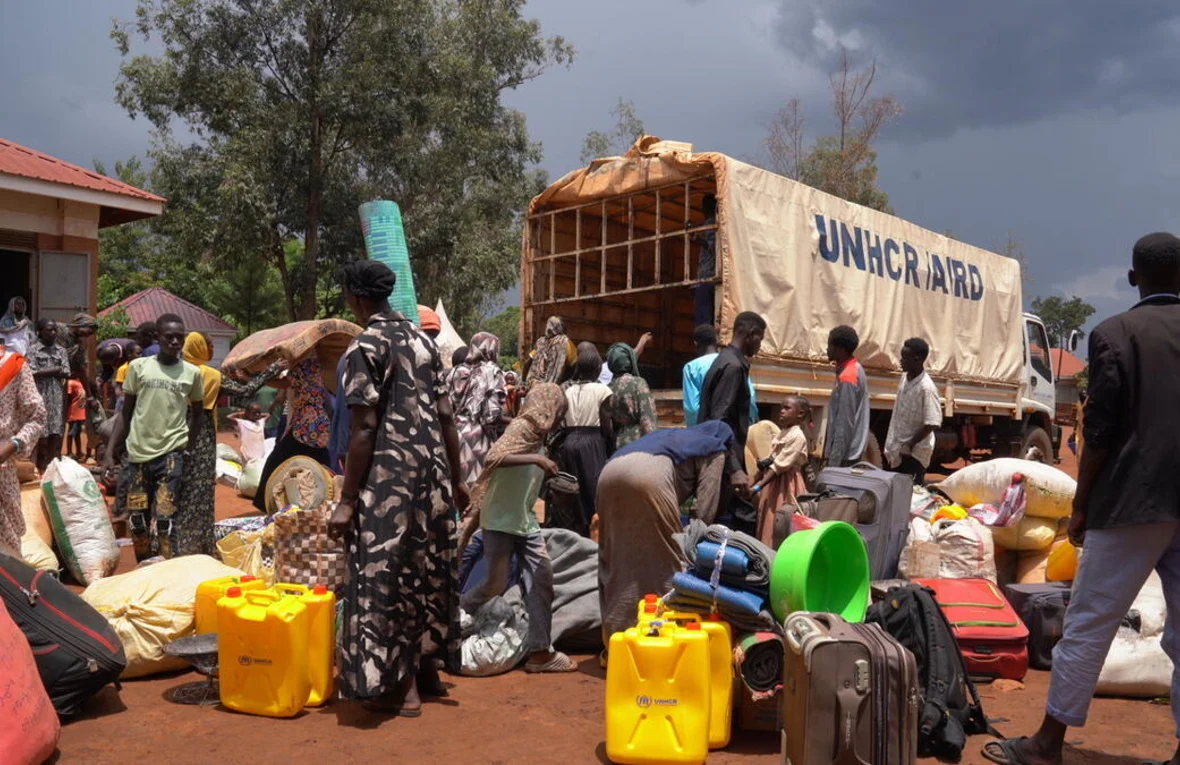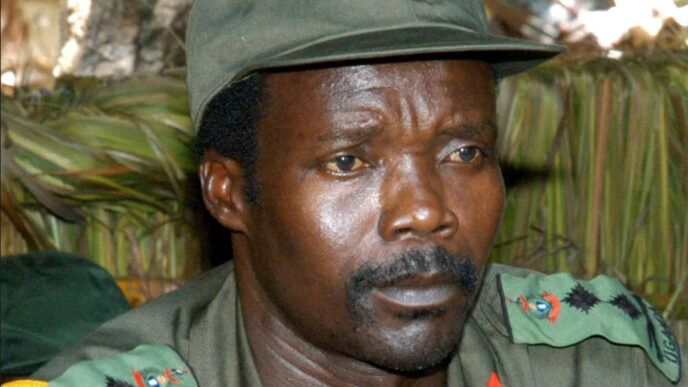Uganda is rapidly approaching a refugee population of 2 million, as ongoing conflicts in Sudan, South Sudan, and the Democratic Republic of the Congo (DRC) continue to drive hundreds of people across its borders each day in search of safety and humanitarian relief.
Already the largest refugee-hosting nation in Africa, Uganda is seeing increasing pressure on its resources as more people arrive while aid agencies grapple with severe funding shortages—part of what has been described as one of the most serious funding crises in decades.
“We used to live in Khartoum, but we moved to Darfur because of the war. I’m with my daughters; my husband passed away. We have been here for three months. We have nothing, no money, the children are not in school, and they started getting sick. The situation here is really difficult,” said Hamida Ibrahim Amin, a Sudanese refugee who recently arrived in Uganda.
Since the beginning of 2025, the country has been receiving an average of 600 refugees daily. If this trend continues, officials estimate the total number could reach 2 million by the end of the year.
Currently, Uganda hosts 1.93 million refugees, more than half of whom are children under the age of 18. Despite its inclusive refugee policy—which allows displaced people to work, live, and access public services—the country’s ability to support this population is now under immense strain.
The UN Refugee Agency (UNHCR) warns that the humanitarian response is faltering due to a lack of funding. Dominique Hyde, UNHCR’s Director for External Relations, recently visited refugee settlements where many of the newest arrivals are being housed.

“I’m in Kiryandongo in Uganda, where we have seen an increase in arrivals in the past month. The situation has become untenable; we simply don’t have the resources for the basic needs, whether it’s water or shelter. I’m seeing children that are malnourished, I’m seeing women that are desperate, having arrived here with almost nothing,” she said.
Emergency funding is set to run out by September, and the consequences are already visible. With aid deliveries scaled back, food and medicine supplies have declined sharply, causing malnutrition rates—especially among children—to surge.
“The emergency needs are massive, and we are simply not able to meet them. Whether it’s water, whether it’s shelter, whether it’s food, where it’s only 25 percent funded and it’s not just about UNHCR, it’s about the World Food Program, it’s about the other UN agencies, it’s about the government of Uganda and their generosity towards this population offering safety, offering a home, but without funding we are simply not able to help,” said Dominique.
As the situation worsens, many refugees are being forced to make painful decisions—such as pulling children out of school to survive. Reports of gender-based violence are rising, and mental health support is dwindling, contributing to an alarming increase in suicide risk among refugee youth.


 Trending
Trending 

